Seed trays are an innovative way to plant seeds. They are constructed into multiple enabling compartments to hold each seed through its seedling stage until set for transplanting. Starter seed trays can come with anything from 6 to 1,000 compartments. They are moveable, making it easier to get your seeds the best temperature and humidity for their growth. However, a crucial factor to consider before purchase is their construction material to know what works best for your seeds and your time of planting.
Construction materials of seed trays
Plant seed trays can be made of biodegradable or nonbiodegradable materials. Most conventionally, you will find seed trays in nonbiodegradable materials like plastic and biodegradable ones like peat. One advantage of nonbiodegradable garden seed trays like silicone seed trays and plastic seed trays is durability as they are not air-permeable and so can film out moisture and stay in shape while biodegradable seed trays like wooden seed trays are usually porous and so can be wet, making them more prone to deformity. In this context, non-biodegradable seed trays are more cost-effective and great to use as commercial seed trays, especially for avid farmers. However, on the bright side of using organic seed trays, they make transplanting a much easier process and present no threat to the survival of your growing seeds as with non-biodegradables like plastic that may contain soil-leaching chemicals. Plastic, however, can be more safely opted for when chosen with care as BPA-free polypropylene plastic seed trays do not leach the soil nor threaten the survival of your growing seeds.
When should you transplant your seeds from your seed trays?
While every seed grows at its pace and can vary in growth pace due to weather conditions and soil properties, there is a simple formula for timing your transplanting. When your seeds start to grow beyond their seed tray compartments, you may want to start making arrangements for transplanting. This is because plants tend to consume more at their sprouting stage and may have a bit much of a scrabble in a seed tray cell as the soil space becomes too small in terms of breadth and depth to contain their growing roots, making these eventually coil and your plants less likely to grow healthy.



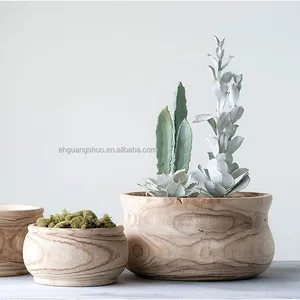

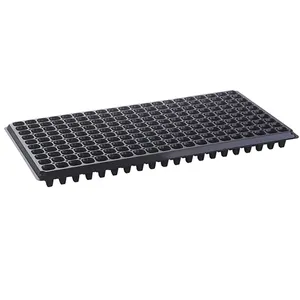



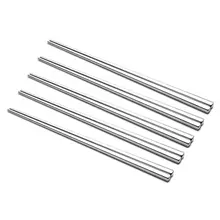
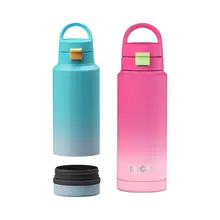
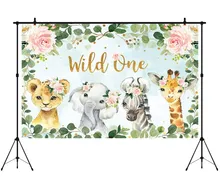
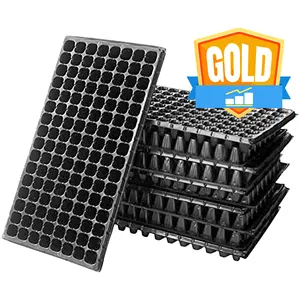




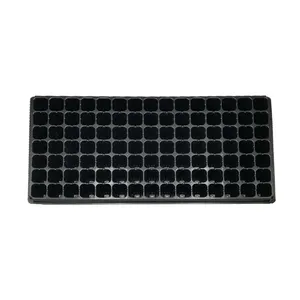





















 浙公网安备 33010002000092号
浙公网安备 33010002000092号 浙B2-20120091-4
浙B2-20120091-4